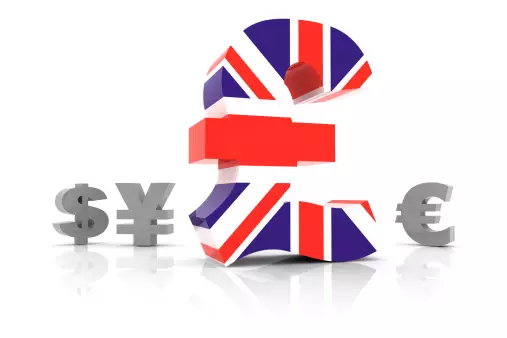The GBP/USD currency pair has recently seen a notable rally, climbing to levels not witnessed since February 2022, peaking at 1.3569 on Tuesday. This upward movement is largely attributed to favorable developments in trade rankings and a string of positive economic indicators from the UK. A key turning point in this scenario was the unexpected decision by US President Donald Trump to indefinitely delay the implementation of a drastic 50% tariff on EU imports, initially scheduled for June 1. This delay has injected a fresh dose of optimism into global markets, allowing for renewed discussions aimed at resolving contentious trade issues. Such a shift in sentiment has provided a robust support system for the pound, illustrating that political maneuvers can significantly influence currency valuation.
UK Economic Resilience Amid Challenges
Underpinning the pound’s recent strength are impressive domestic economic figures, particularly those related to retail sales, which recorded a 1.2% increase in April. This marks the fourth consecutive month of growth, indicating that consumer spending remains resilient despite ongoing challenges such as tax increases and trade tensions. Furthermore, while inflation hovers at an elevated 3.5%, it has raised eyebrows about the potential ramifications for monetary policy, creating a complex environment for the Bank of England (BoE). Market anticipations lean toward the possibility of interest rate cuts, with estimates suggesting a decrease of 50 basis points by August. Such a scenario could significantly impact market dynamics and the future trajectory of the pound.
Technical Perspectives on GBP/USD Movement
Diving into the technical aspects, the GBP/USD chart depicts consolidation patterns, particularly around the 1.3590 level. Recently, the pair broke below this threshold, signaling potential bearish sentiment that could guide the exchange rate towards support levels at 1.3360 and subsequently 1.3140. The MACD indicator corroborates this outlook, demonstrating a downward trend that suggests a continuation of this bearish cycle. On a shorter time frame, the H1 chart also provides insights into market movements; it illustrates a previous consolidation around 1.3490 followed by upward momentum that fell short at 1.3590. The bearish signals emitted by the Stochastic oscillator—remaining beneath the 50 level—reinforce the notion that downward pressure is gaining traction.
Future Risks and Considerations
While the pound’s current gains are noteworthy, they are not devoid of risks. The persistence of high inflation rates casts a shadow over the potential for economic growth, further complicating the BoE’s monetary policy strategy. If inflation continues to overshoot forecasts, it could erode consumer confidence, thereby negating the positive effects of rising retail sales. Moreover, any unforeseen geopolitical developments or changes in trade policy could swiftly alter market sentiments and currency valuations. Investors would be wise to remain vigilant and reconsider their strategies, especially as market conditions remain fluid and just as susceptible to rapid shifts as they are to positive developments.
Amidst these dynamics, the path forward for the GBP/USD pair is complex, marked by resilience in economic indicators but overshadowed by inflationary pressures and potential central bank responses. Currency movement remains an intricate dance of various factors, and the coming days will be critical in determining whether the pound can hold onto its gains or if a more substantial correction is on the horizon.

